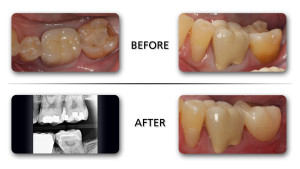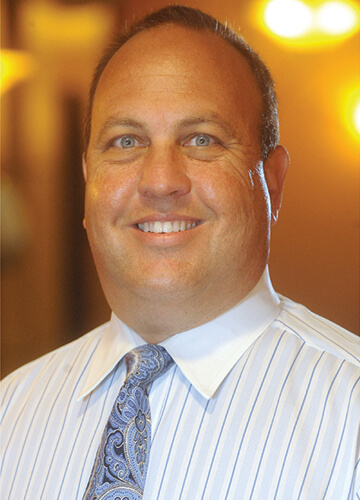CAD/CAM: Why Bring the Entire Restoration Process In-House?
I’ve been a big advocate for computer-aided restoration/computer-aided manufacturing (CAD/CAM) restorations for a number of years; in fact, I have used several systems in my office during my quest to find the perfect solution for my needs. The reason for these efforts is due to the many benefits that performing restorations onsite has extended to my office, including:
-
improved patient care;
-
reduced lab and impression costs;
-
increased revenue;
-
the ability to have fun and be more creative in my practice!
To easily share the advantages I have experienced by implementing CAD/CAM into my office for restorations, I have created the following chart:
|
Benefit |
How It Helps Your Practice and Patients |
|
Patient Stays in the Chair |
|
|
Restorations Are Consistent |
|
|
Return-on-Investment |
|
The great thing about CAD/CAM technology is that it creates natural-looking teeth—and I have the ability to control the results for my patients. Here is a recent example of a crown that was designed, milled, and glazed in my practice:
Dentistry done by R.W. Steinberg, D.D.S. and CS Solutions on Feb. 17, 2014
I understand there are concerns that CAD/CAM technology is just a passing fad—however, I firmly believe this technology is more than a new gadget to play with or something that will be rarely used and end up sitting in the corner next to other unused products. With all of the advantages experienced by my staff, my patients, and myself, you would be hard pressed to get me to go back to the old way of performing traditional restorations.
Have you considered adding CAD/CAM to your practice? Are you already using it? Let’s discuss this in the comments section below.






